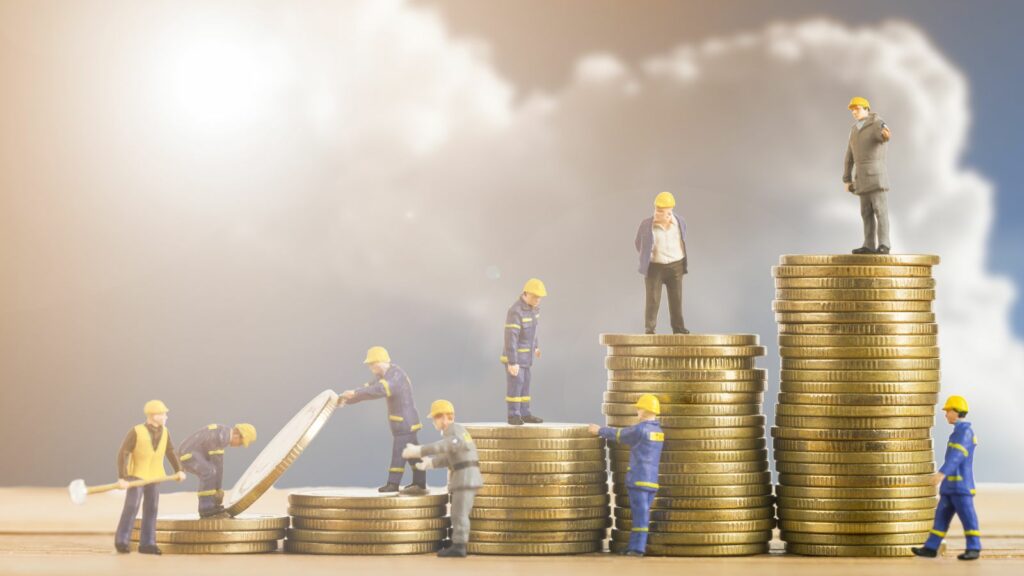The United States once boasted the world’s most advanced and developed infrastructure. However, in recent years, it has entered a period of struggle. The country, which was once a global leader, now faces significant challenges in maintaining its infrastructure. Roads, buildings, bridges, airports, and public transportation systems require major upgrades. Below are some important points that highlight the current realities of U.S. infrastructure.
Labor Shortage

In today’s fast-paced world, many people prefer quick solutions, which has led to a lack of essential skills. There is a significant shortage of skilled workers, and this is a major issue for the U.S. infrastructure. With fewer trained workers available, important tasks like repairing aging roads and carrying out new construction projects are being delayed. More skilled labor is needed to address these problems and keep infrastructure projects moving forward.
Upgrading the Network

Much of the United States infrastructure was built over 50 years ago and desperately needs upgrades. Aging road networks, buildings, and public transport systems require extensive reconstruction. Many buildings are reaching the end of their useful lives. As it is well known, maintenance demands substantial funding, which is often delayed, postponing necessary improvements.
Water System
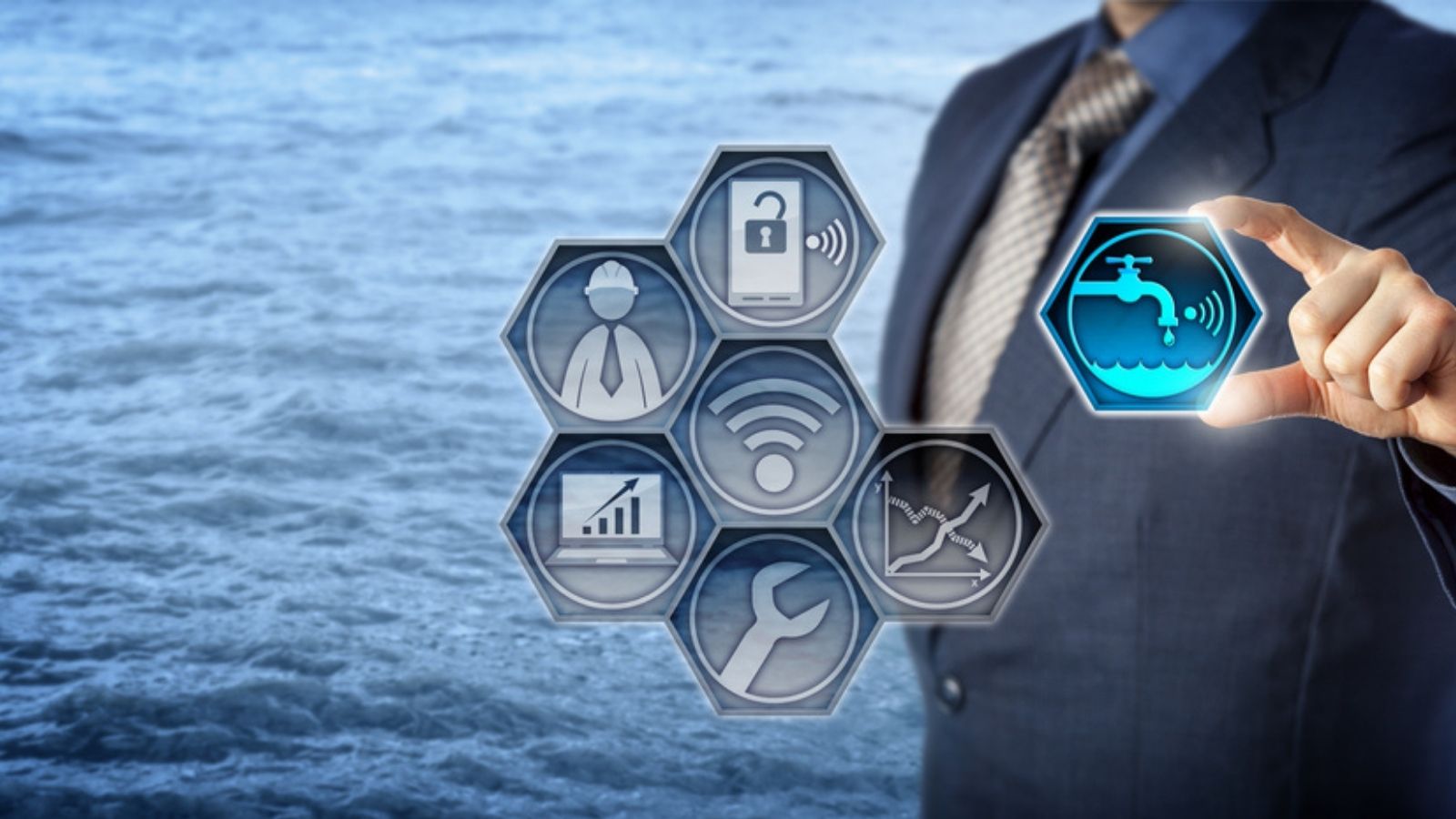
Water is a fundamental necessity for survival, yet with the ever-growing U.S. population, meeting water demands has become increasingly difficult. The water system is outdated and unable to serve the public efficiently. It requires extensive repairs or the installation of new water pipelines. The current system, which includes approximately 6 million old pipelines, continues to pose health risks to residents.
Deteriorating Bridges

According to a survey conducted by the American Society of Civil Engineers (ASCE), most U.S. bridges are around 50 years old. These aging bridges are in dire need of replacement with modern, high-tech structures, requiring millions of dollars in funding. Approximately 7.5% of these bridges are structurally deficient and at risk of collapse.
Funding Challenges
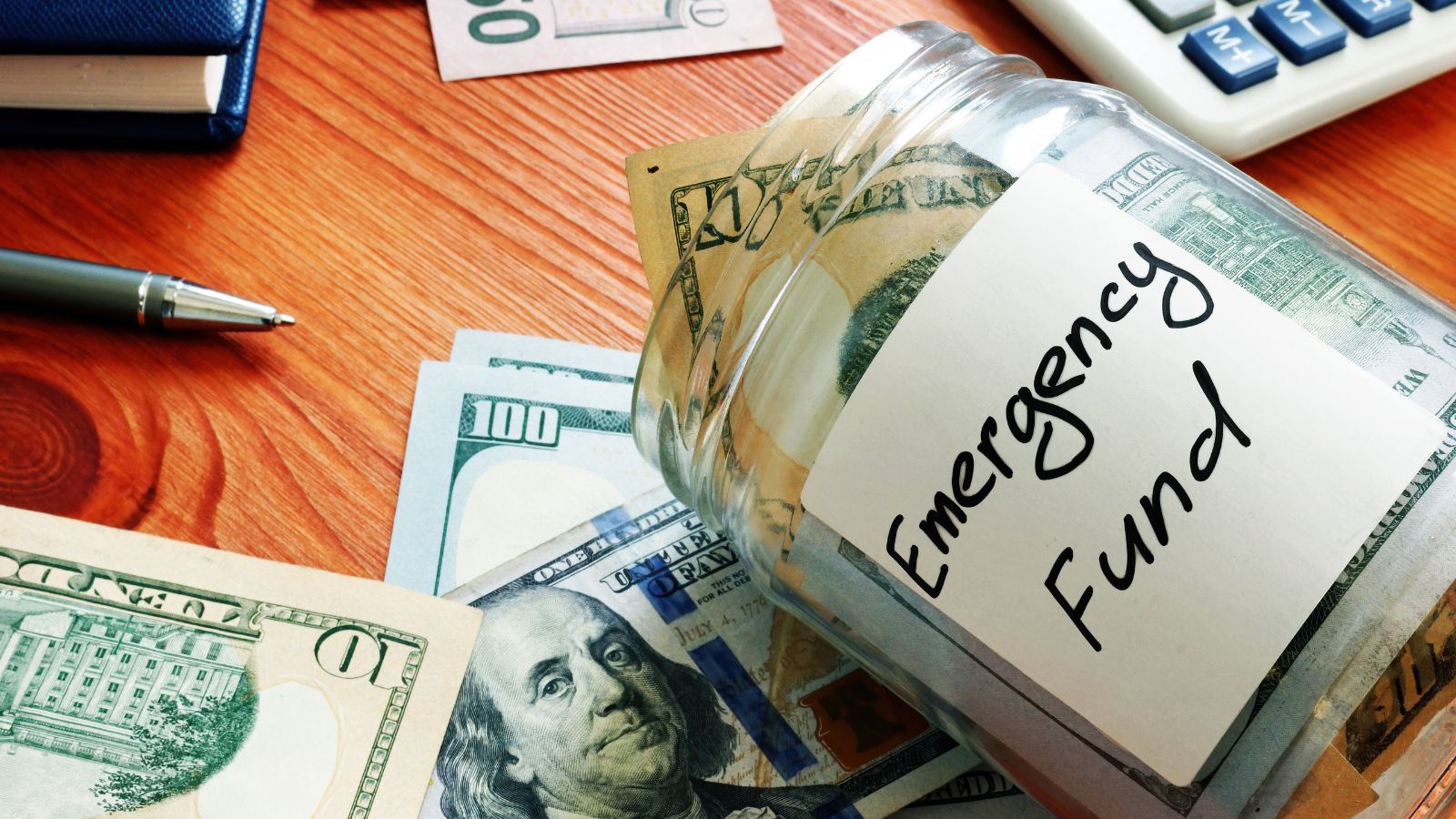
Securing enough money for infrastructure projects is not just a problem for developing countries; even developed nations like the U.S. face financial difficulties. Rising inflation has made it harder to fund necessary repairs and upgrades. As a result, many infrastructure projects, including road maintenance and other essential services, are being delayed or ignored due to a lack of available funds.
Aging Roads

Roads are essential to any country’s infrastructure because they help people and goods move from one place to another. However, roads need regular upkeep since they are constantly damaged by weather, heavy traffic, and general wear and tear. In the U.S., about 17% of highways are in bad shape, which causes a few problems. Regular maintenance is necessary to keep roads safe and reliable for daily use.
Bipartisan Infrastructure Law
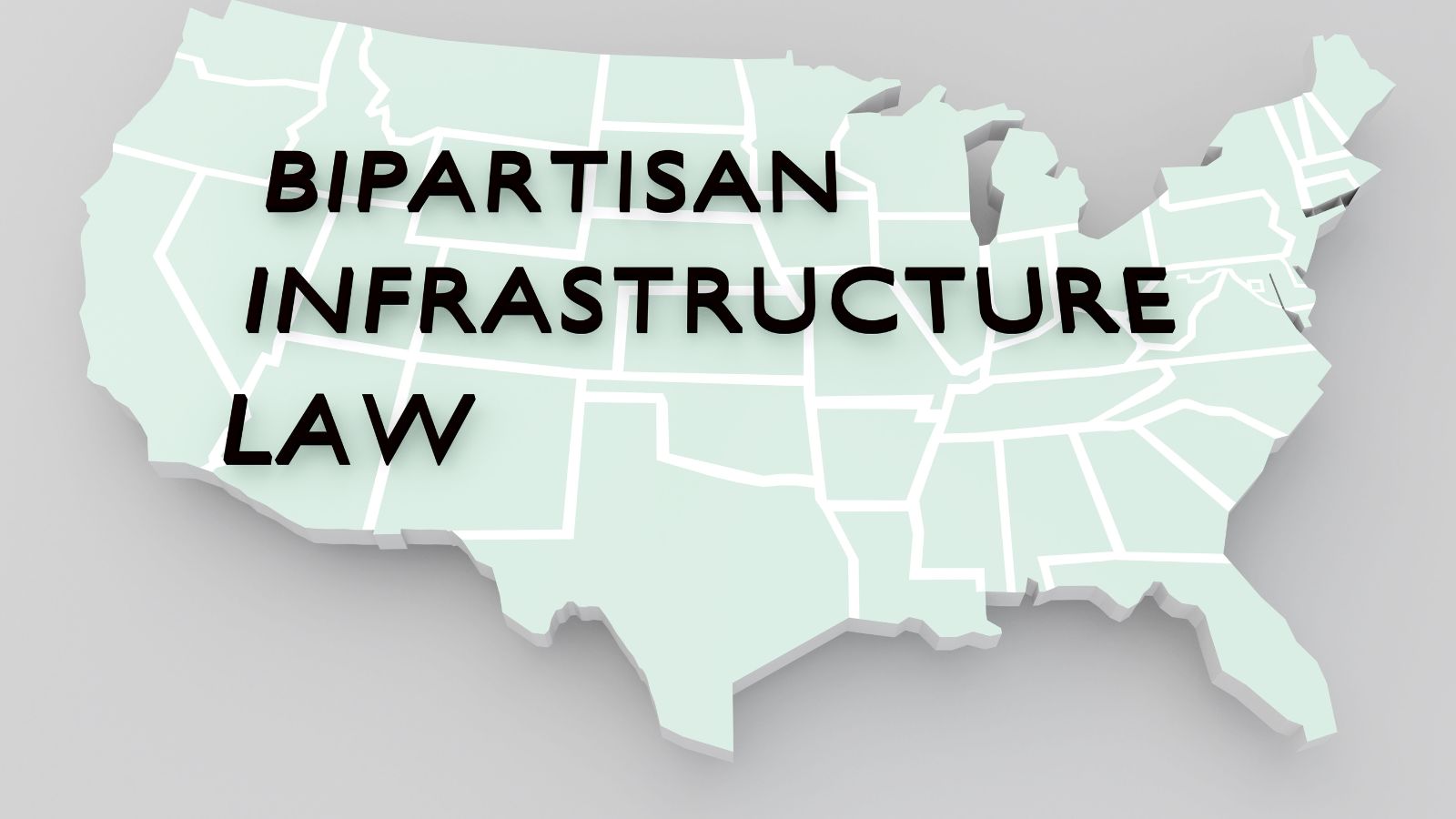
In 2021, the Bipartisan Infrastructure Investment and Jobs Act was passed to address the country’s infrastructure needs. The act allocated around $1.2 trillion to maintain roads, bridges, public transit, broadband access, and water systems.
Public Transit Requirements

The current infrastructure cannot meet the needs of today’s rapidly increasing population. A more efficient and extensive public transit network is necessary. Due to the state of public transportation and its inconvenience, only about 5% of the U.S. workforce uses public transit.
Underdeveloped Rural Areas

The available resources are insufficient to match the population growth rate, especially in rural areas. A stark difference exists between urban and rural infrastructure, making life much more difficult for those in less-developed regions.
Vulnerabilities of the Power Grid
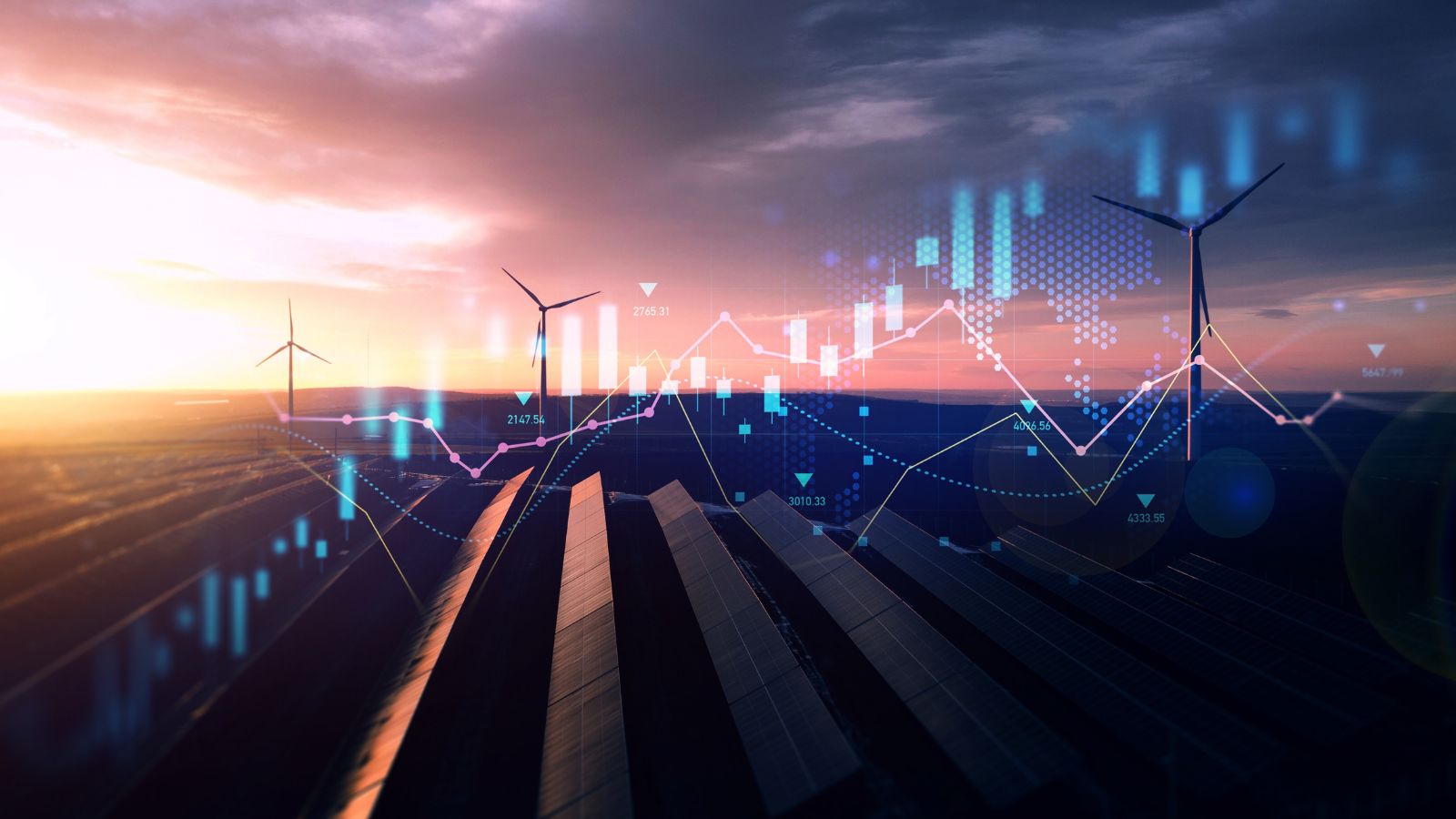
The U.S. power grid comprises three interconnected networks, increasing its vulnerability to cyberattacks and natural disasters. If one part of the grid is compromised, it can spread nationwide. With the grid being outdated and not well-equipped to handle modern threats, there is an urgent need to upgrade this old system.
Smart Infrastructure
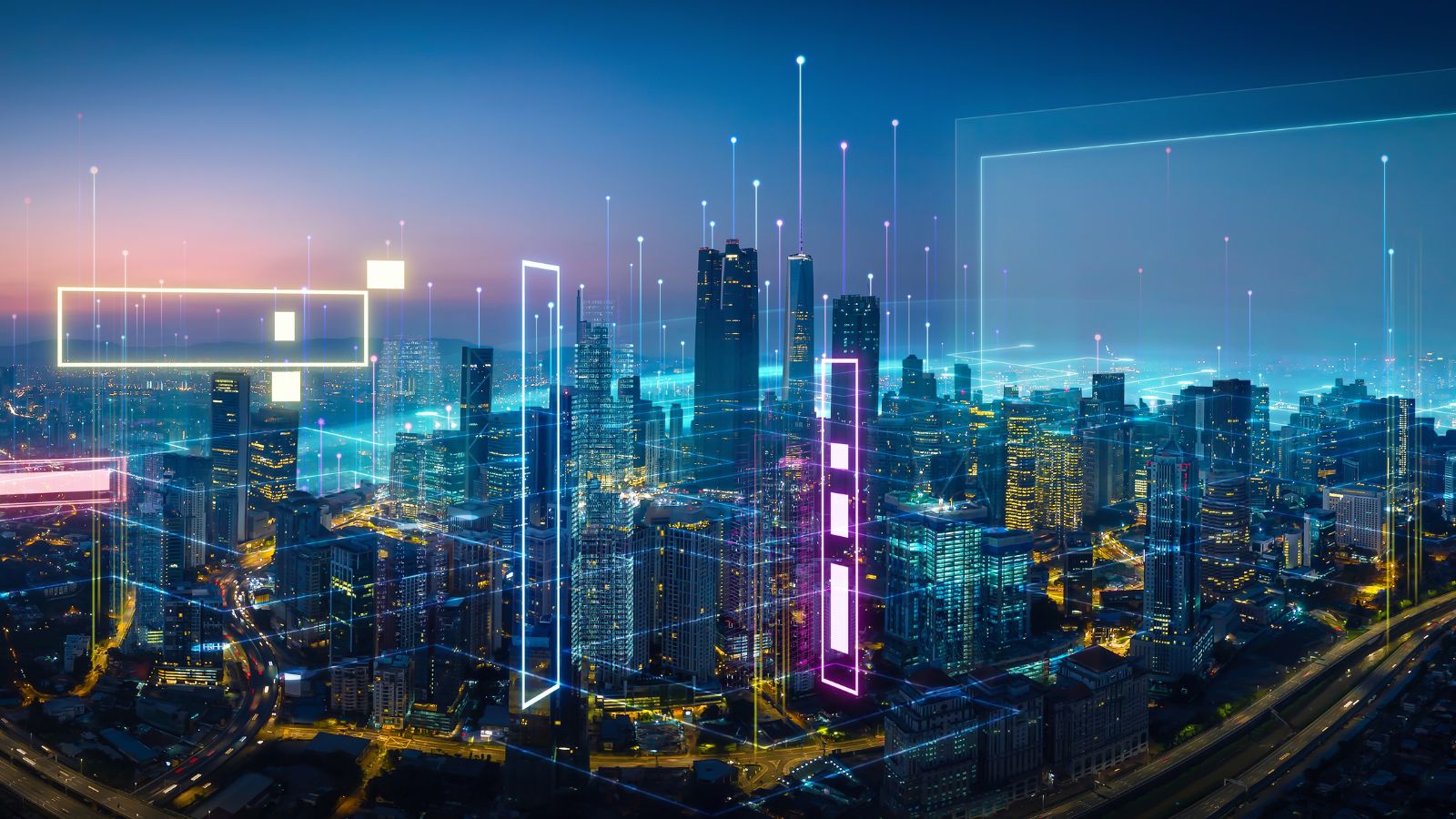
We live in an era dominated by smart technologies—smartphones, smart homes, and now, smart infrastructure. Integrating advanced technologies like IoT (Internet of Things) and AI (Artificial Intelligence) into infrastructure has improved the management of traffic, water, and energy resources.
Risk of Rising Sea Levels
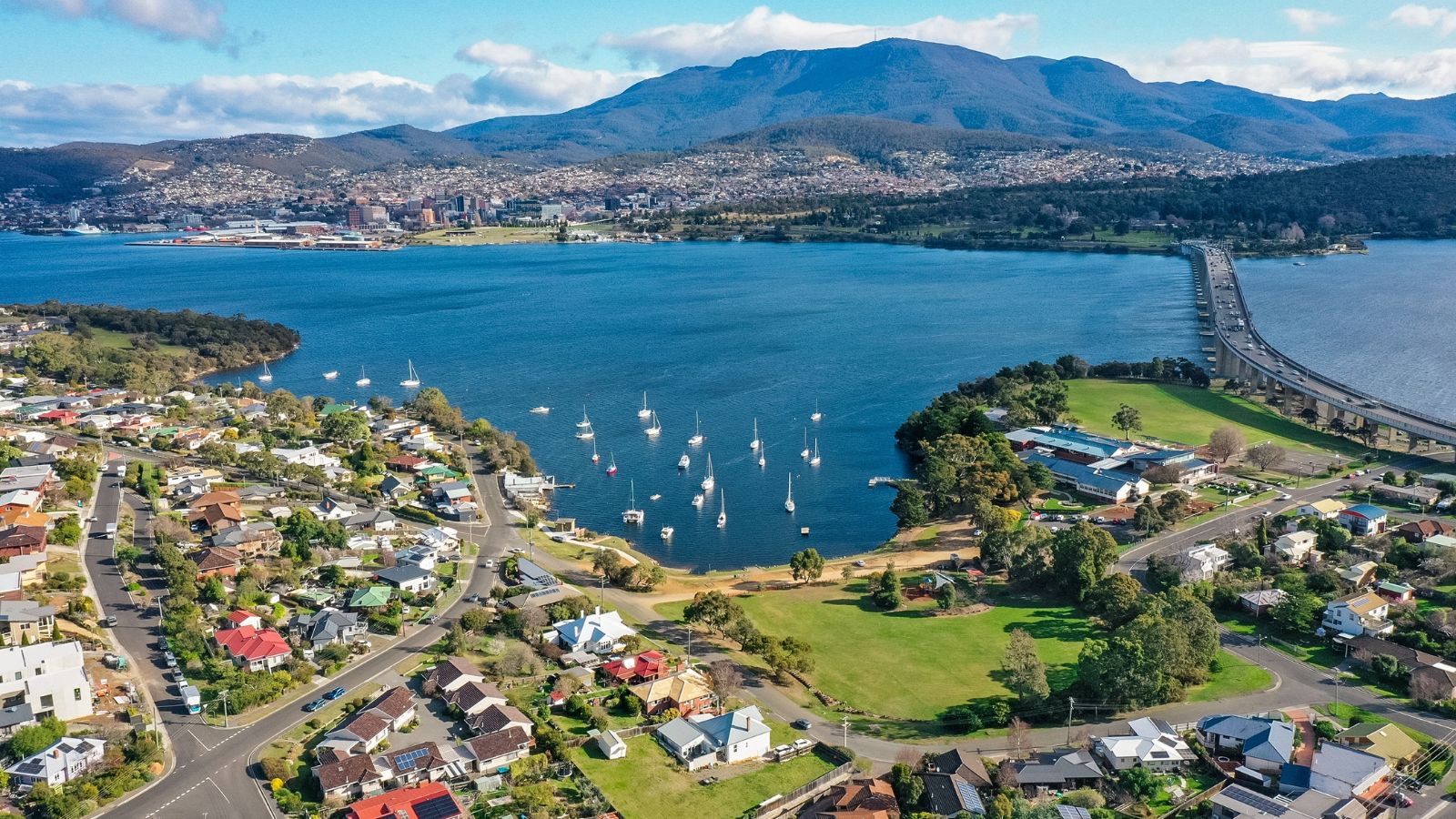
Coastal areas are undergoing significant changes due to the rise in sea levels. This increase in elevation is causing the need for costly but essential improvements to protect the people living near the coast. These reforms are necessary to safeguard communities from the growing risk of flooding in the future.
Lack of Broadband Access

Despite being a global leader in modernization and technological advancements, the U.S. still does not have a reliable system that ensures everyone has access to the internet. Surprisingly, in one of the most developed countries in the world, many people still struggle with limited connectivity. A survey estimates that around 14 million Americans do not have access to high-speed internet.
Climate Change Impact
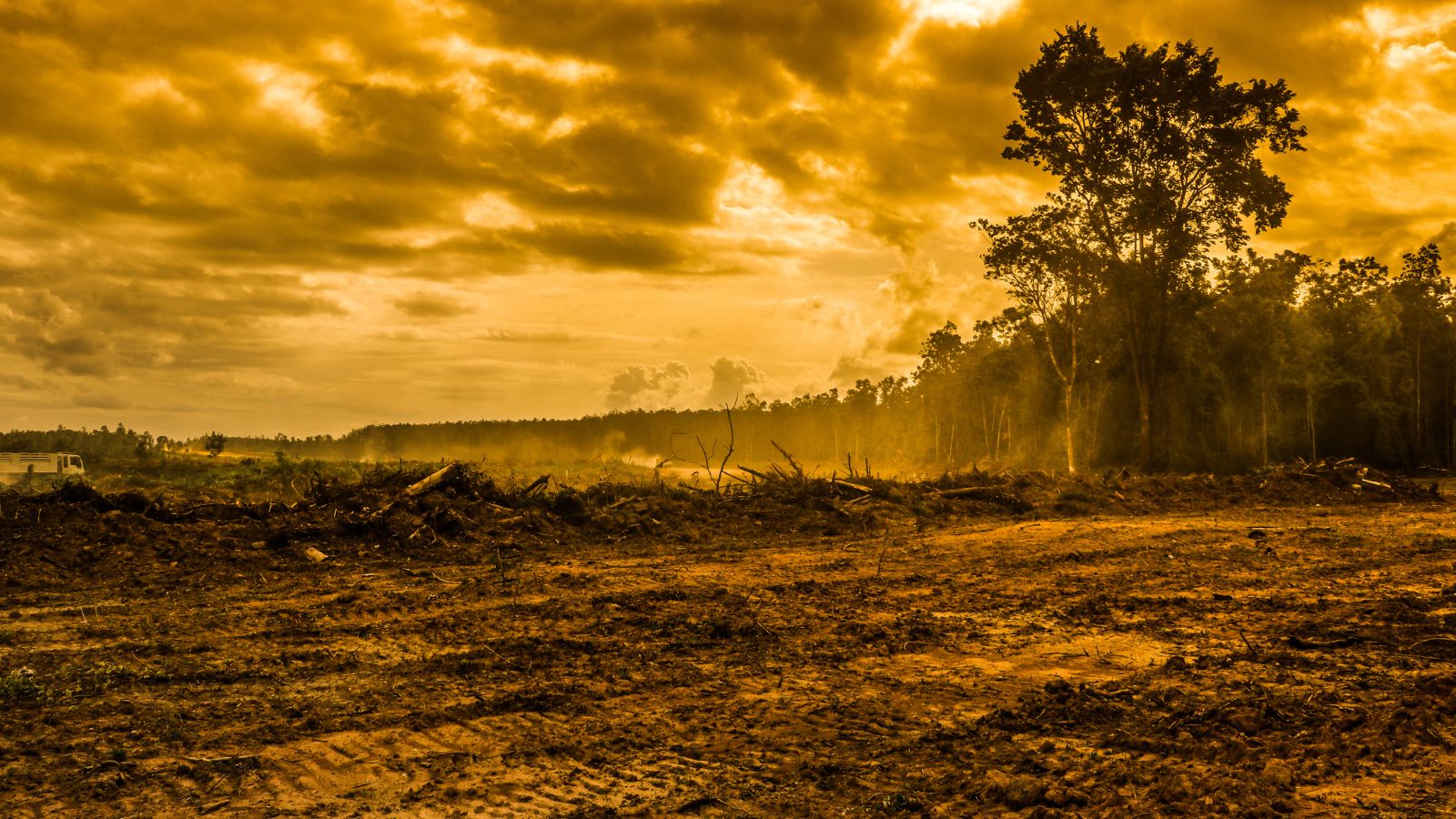
The world is experiencing extreme climate changes, which present new challenges for everyone, especially regarding infrastructure. The built environment is one of the most affected areas, where existing designs and materials are often unsuitable for the new, harsher weather conditions. As a result, there is a growing need for better building designs and the use of materials that can withstand these changes.
Environmentally Friendly Changes

The 21st century has brought heightened awareness of environmental issues. Research and advancements have shown that our planet suffers long-term damage due to unsustainable practices. Immediate changes are required, including the use of green building materials and energy-efficient designs, to help mitigate further environmental damage.
Transport and Railways
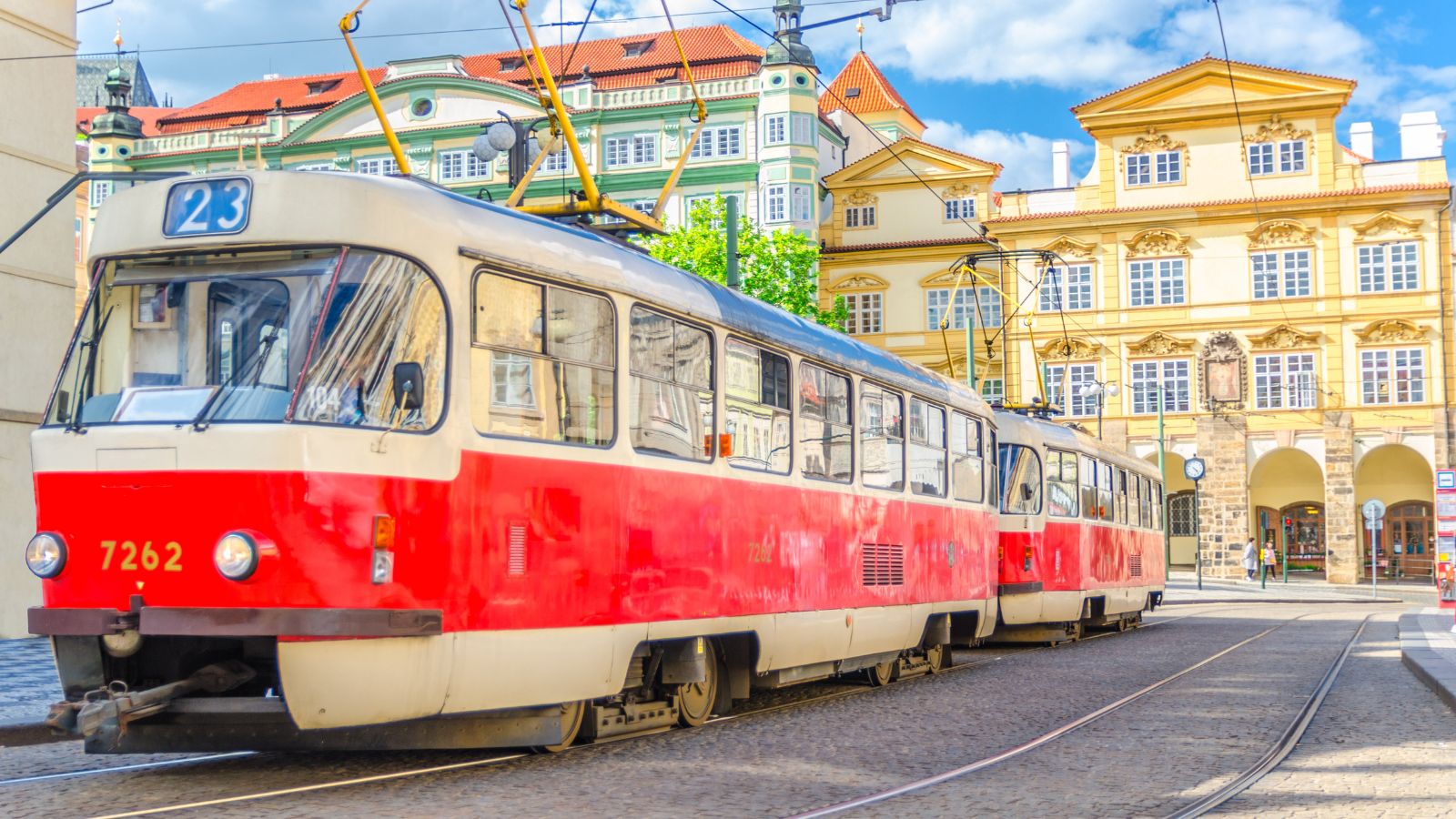
The aging transport network is one of the major obstacles to achieving the infrastructure milestones expected of a developed country. Although the U.S. has the world’s largest freight railway system, it urgently needs repair and maintenance to cope with the growing demand for cargo transport.
New Technologies

New technologies emerge daily, driving the world toward a more prosperous future. However, integrating these technologies into existing infrastructure presents its own challenges. Autonomous and electric vehicles, for example, are forcing society to reconsider how road networks are designed to accommodate these innovations.
Community Engagement

All these new technologies and research are ultimately meant to benefit the everyday citizen. New infrastructure projects are designed with the public in mind, aiming to address the needs and safety concerns of the general population, resulting in a better and happier society.
Conclusion
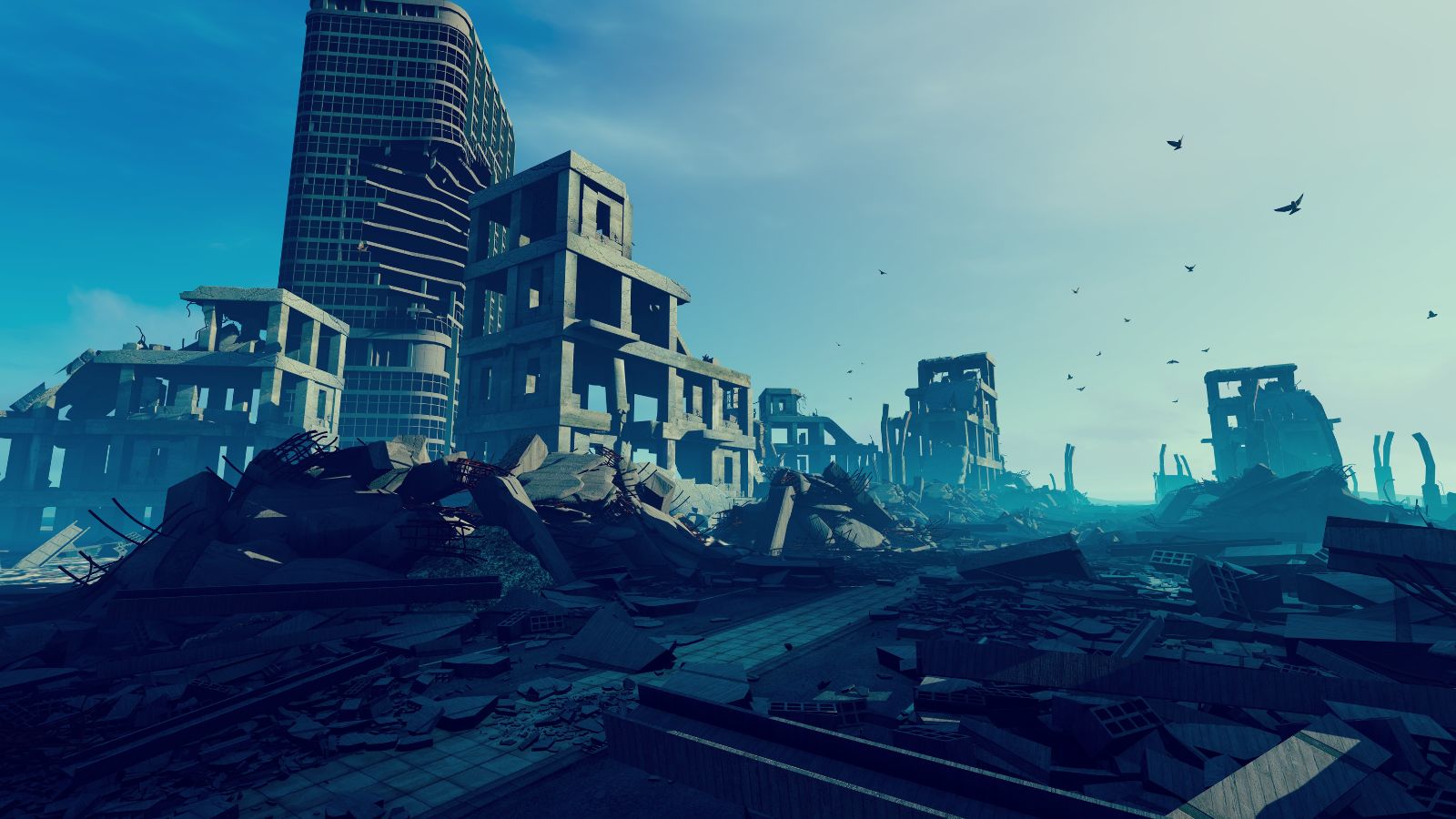
Everything in the world is temporary, and over time, things become outdated. Infrastructure is no exception. Continuous upgrades, advancements, and replacements are necessary to keep it functional and efficient. The points discussed above provide a detailed insight into the current state of U.S. infrastructure. These challenges impact economic growth, public health, and overall quality of life. Addressing these challenges and investing in improvements will solve present issues and help build a stronger, more resilient infrastructure for the future.
18 Reasons Why People Are Leaving Florida in Masses

Exploring factors that impact the desirability of living in Florida, this list delves into various challenges shaping residents’ experiences. From environmental concerns like rising sea levels to economic factors such as fluctuating job markets, these issues collectively contribute to a nuanced understanding of the state’s appeal.
18 Reasons Why People Are Leaving Florida in Masses
